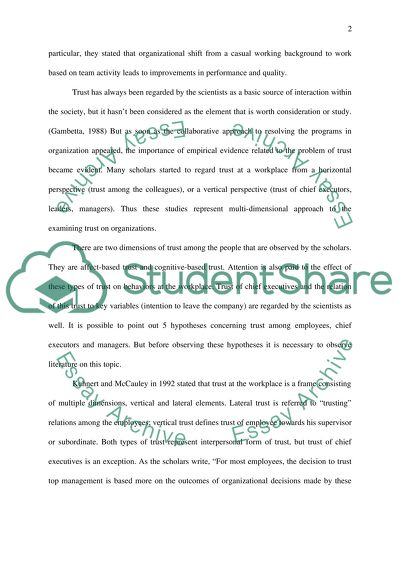Cite this document
(“Human relations: The importance and role of trust in team performance Essay”, n.d.)
Human relations: The importance and role of trust in team performance Essay. Retrieved from https://studentshare.org/people/1529214-human-relations-the-importance-and-role-of-trust-in-team-performance
Human relations: The importance and role of trust in team performance Essay. Retrieved from https://studentshare.org/people/1529214-human-relations-the-importance-and-role-of-trust-in-team-performance
(Human Relations: The Importance and Role of Trust in Team Performance Essay)
Human Relations: The Importance and Role of Trust in Team Performance Essay. https://studentshare.org/people/1529214-human-relations-the-importance-and-role-of-trust-in-team-performance.
Human Relations: The Importance and Role of Trust in Team Performance Essay. https://studentshare.org/people/1529214-human-relations-the-importance-and-role-of-trust-in-team-performance.
“Human Relations: The Importance and Role of Trust in Team Performance Essay”, n.d. https://studentshare.org/people/1529214-human-relations-the-importance-and-role-of-trust-in-team-performance.


